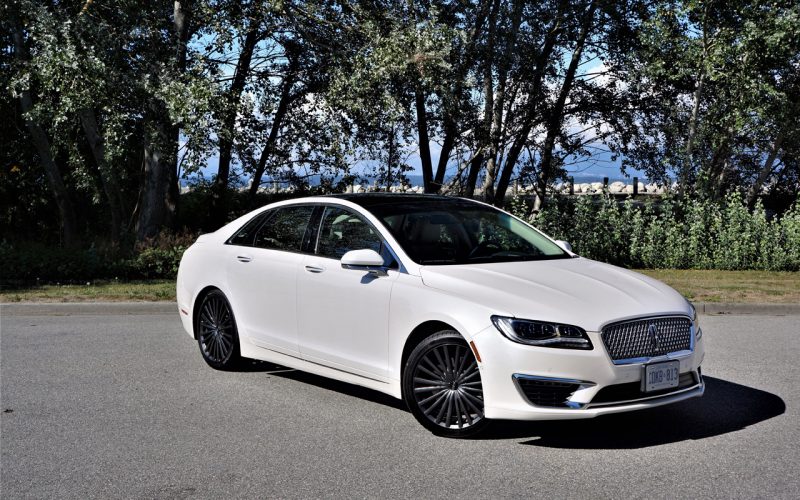
Reading Time: 10 minutesWhat can I say about a car that’s on its deathbed, and minimizing trim and powertrain
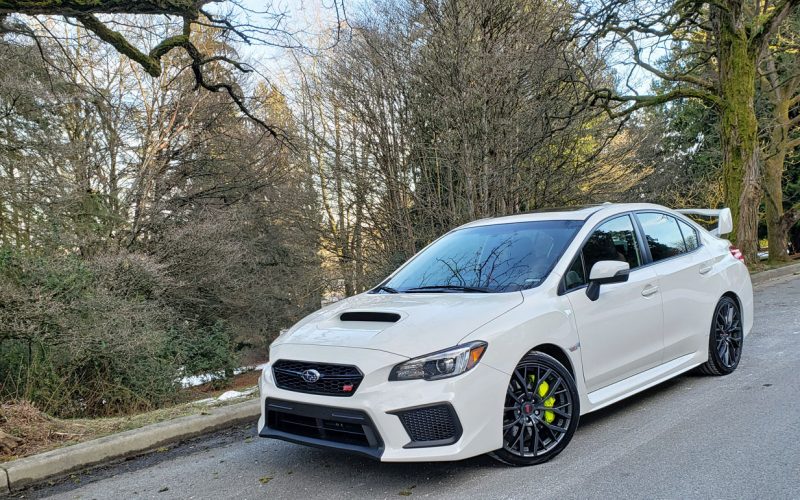
Reading Time: 11 minutesAre you a wing spoiler or a lip spoiler person? That’s a question you’ll need to
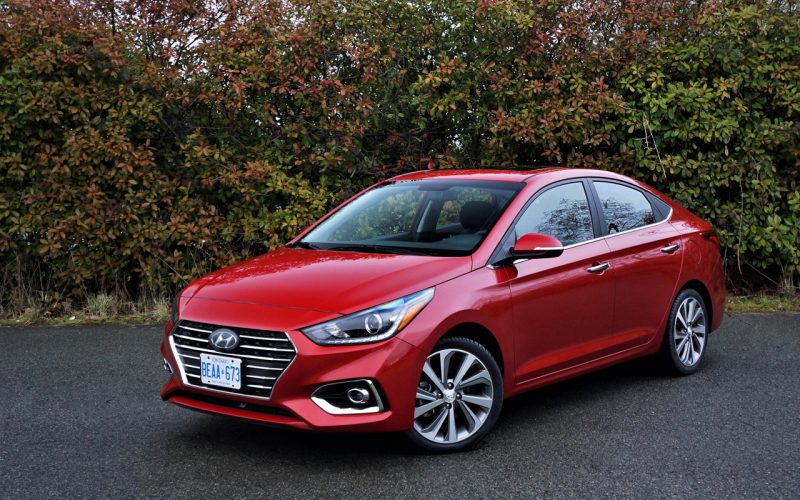
Reading Time: 11 minutesWell you’ve gone and done it now Canada. You lost your love for the Hyundai Accent
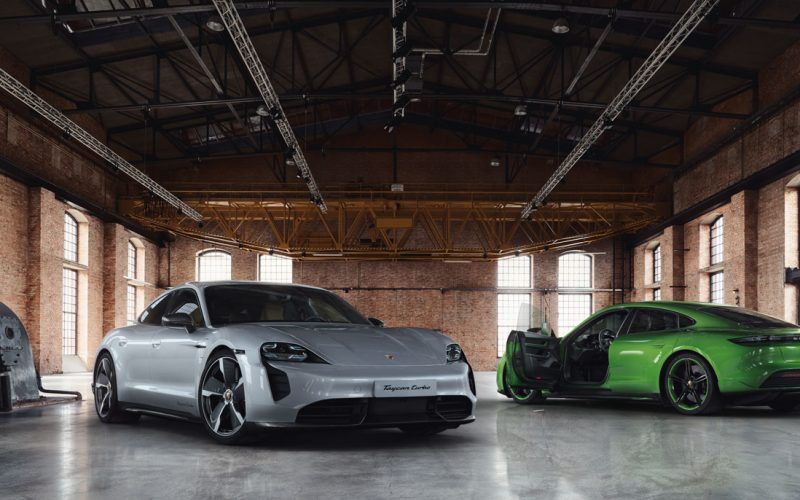
Reading Time: 3 minutesThirty-seven years ago a skunkworks division at Porsche transformed a 409-horsepower Type 935 race car into
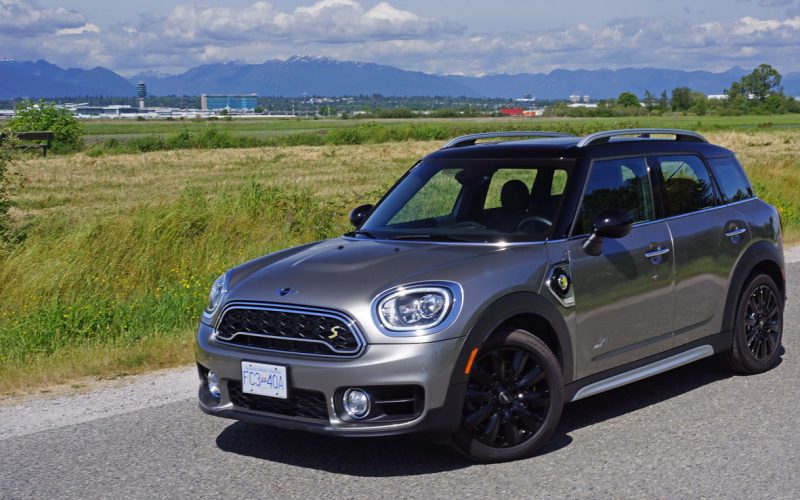
Reading Time: 9 minutesTogether with the Mini Countryman being reviewed here, BMW group dominates Canada’s subcompact luxury SUV segment.
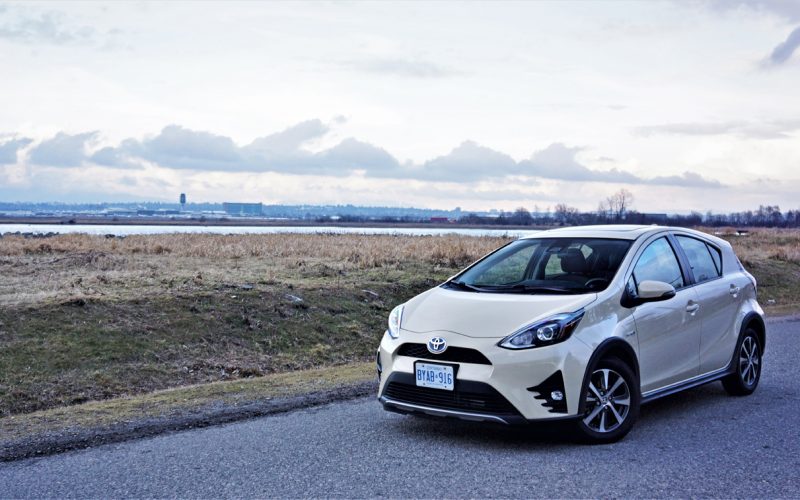
Reading Time: 8 minutesIn case you hadn’t heard, the Prius C was discontinued as 2019 came to a close,
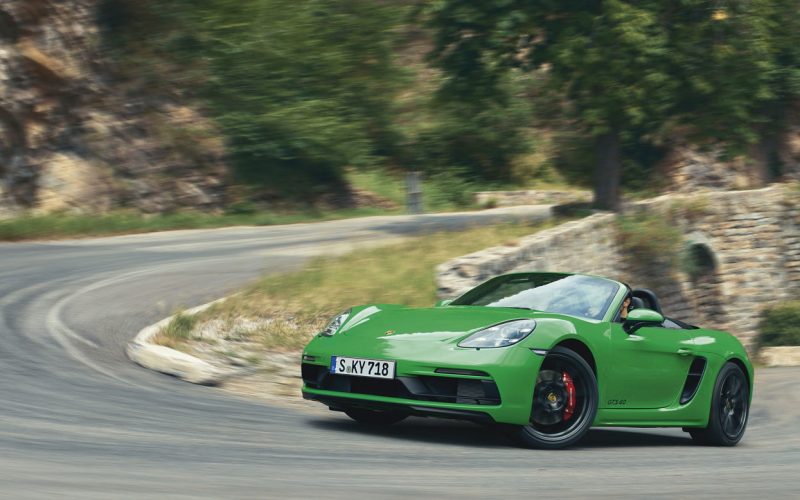
Reading Time: 6 minutesOnly a couple of weeks after Porsche announced Canadian pricing, features and specifications for their new
© 2025 The Car Magazine. All Rights Reserved, Privacy Policy | Terms of Use